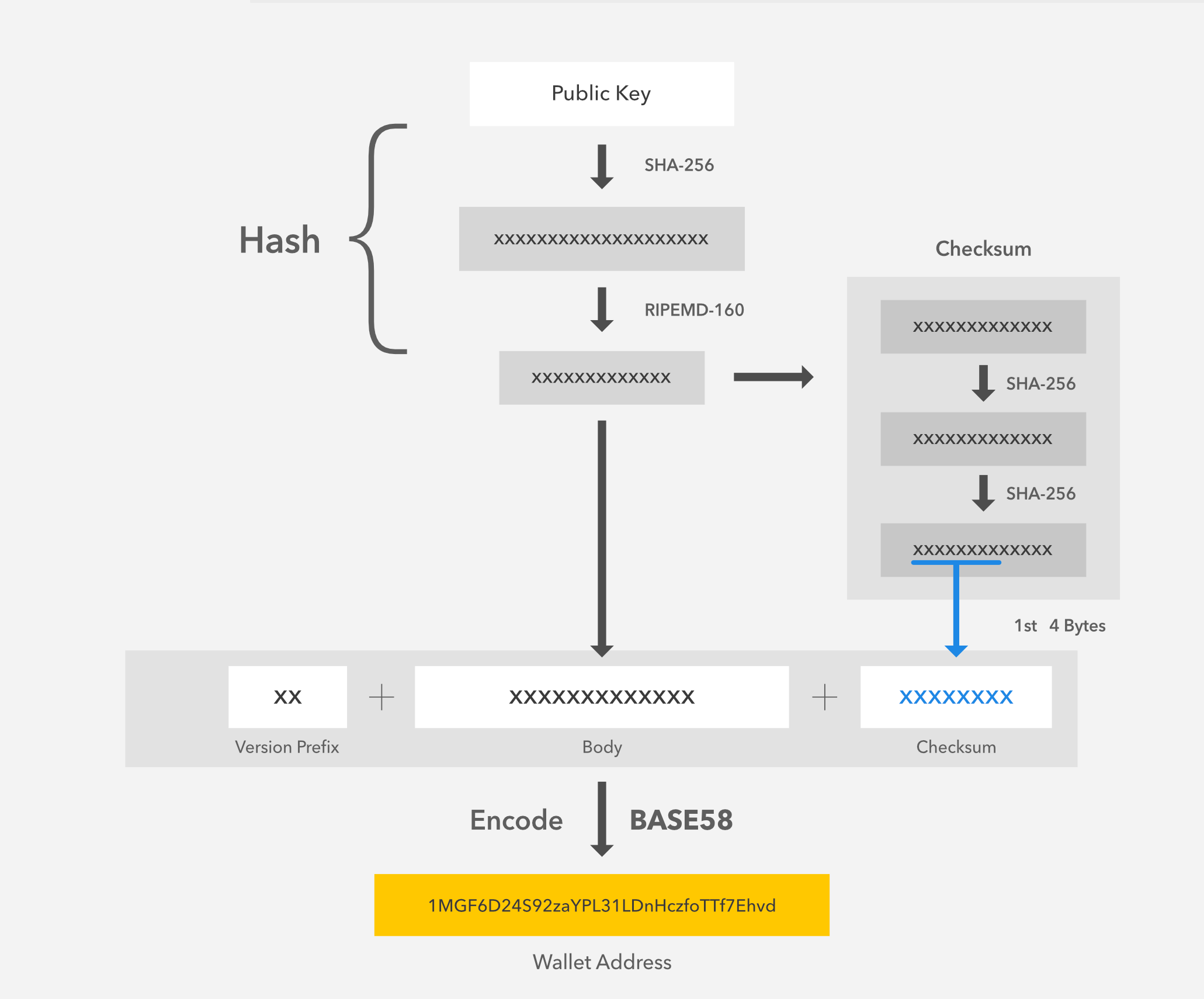Generate Pem Encoded Private Key
How do I convert my Amazon Elastic Compute Cloud (Amazon EC2) Privacy Enhanced Mail (.pem) file to a PuTTY Private Key (.ppk) file? Or, convert a .ppk file to a .pem file?
Short Description
How To Generate Pem
To create a key pair. This example creates a key pair named MyKeyPair. Command: aws ec2 create-key-pair -key-name MyKeyPair. The output is an ASCII version of the private key and key fingerprint. Output¶ KeyFingerprint - (string) The SHA-1 digest of the DER encoded private key. KeyMaterial - (string) An unencrypted PEM encoded RSA. Assuming you have the SSH private key idrsa, you can extract the public key from it like so. Openssl rsa -in idrsa -pubout -out idrsa.pub.pem I realize the OP asked about converting a public key, so this doesn't quite answer the question, however I thought it would be useful to some anyway.
PuTTY doesn't natively support the private key format (.pem) generated by Amazon EC2. You must convert your private key into a .ppk file before you can connect to your instance using PuTTY. You can use the PuTTYgen tool for this conversion. This tool, available for both Windows and Unix operating system, can convert keys.
Resolution
Windows - install PuTTYgen
Most Windows operating systems have PuTTY installed. If your system doesn't, download and install PuTTYgen.
Windows - convert a .pem file to a .ppk file
Start PuTTYgen, and then convert the .pem file to a .ppk file. For detailed steps, see Convert Your Private Key Using PuTTYgen.
Windows - convert a .ppk file to a .pem file
- Start PuTTYgen. For Actions, choose Load, and then navigate to your .ppk file.
- Choose the .ppk file, and then choose Open.
- (Optional) For Key passphrase, enter a passphrase. For Confirm passphrase, re-enter your passphrase.
Note: Although a passphrase isn't required, you should specify one as a security measure to protect the private key from unauthorized use. Using a passphrase makes automation difficult, because human intervention is needed to log in to an instance or to copy files to an instance. - From the menu at the top of the PuTTY Key Generator, choose Conversions, Export OpenSSH Key.
Note: If you didn't enter a passphrase, you receive a PuTTYgen warning. Choose Yes. - Name the file and add the .pem extension.
- Choose Save.
Unix or Linux - install PuTTY
Install PuTTY, if it's not already on your system.
Important: A PuTTY package is provided by the Extra Packages for Enterprise Linux (EPEL) repository. You must enable the EPEL repository before you install PuTTY.
To install PuTTY, run one of the following commands:
RPM-based
Dpkg-based
Unix or Linux - convert a .pem file to a .ppk file
On the instance shell, run the puttygen command to convert your .pem file to a .ppk file:
Unix or Linux - convert a .ppk file to a .pem file
Run the puttygen command to convert a .ppk file into a .pem file:
Related Information
Anything we could improve?
Need more help?Crypto key generate rsa command la gi.

Related Videos
[ aws . ec2 ]
Description¶
Creates a 2048-bit RSA key pair with the specified name. Amazon EC2 stores the public key and displays the private key for you to save to a file. The private key is returned as an unencrypted PEM encoded PKCS#1 private key. If a key with the specified name already exists, Amazon EC2 returns an error.
You can have up to five thousand key pairs per Region.
The key pair returned to you is available only in the Region in which you create it. If you prefer, you can create your own key pair using a third-party tool and upload it to any Region using ImportKeyPair .
For more information, see Key Pairs in the Amazon Elastic Compute Cloud User Guide .
Generate Pem Encoded Private Key Code
See also: AWS API Documentation
See 'aws help' for descriptions of global parameters.
Synopsis¶
Options¶
--key-name (string)
A unique name for the key pair.
Constraints: Up to 255 ASCII characters
--dry-run--no-dry-run (boolean)
--cli-input-json (string)Performs service operation based on the JSON string provided. The JSON string follows the format provided by --generate-cli-skeleton. If other arguments are provided on the command line, the CLI values will override the JSON-provided values. It is not possible to pass arbitrary binary values using a JSON-provided value as the string will be taken literally.
--generate-cli-skeleton (string)Prints a JSON skeleton to standard output without sending an API request. If provided with no value or the value input, prints a sample input JSON that can be used as an argument for --cli-input-json. If provided with the value output, it validates the command inputs and returns a sample output JSON for that command.
See 'aws help' for descriptions of global parameters.
Examples¶
To create a key pair
This example creates a key pair named MyKeyPair.
Command:
The output is an ASCII version of the private key and key fingerprint. You need to save the key to a file.
For more information, see Using Key Pairs in the AWS Command Line Interface User Guide.
Output¶
KeyFingerprint -> (string)
KeyMaterial -> (string)

KeyName -> (string)
KeyPairId -> (string)